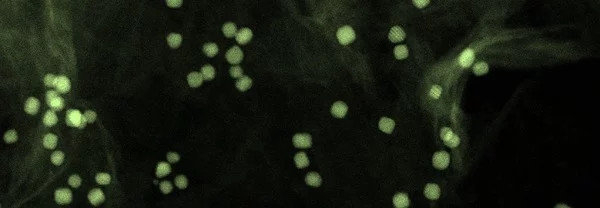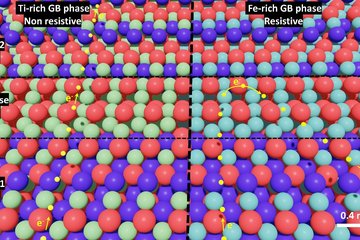
Properties and durabilities of emerging low dimensional functional nanomaterials
Understanding the atomic structure of functional nanomaterials and unraveling their impact on chemical reactions is important as it can provide guidelines for their improvement. In this study, low dimensional nanomaterials are synthesized using wet-chemical strategies and tested in various electrochemical reactions. Electron microscopy before and after the reactions allows to unravel the growth mechanism and the atomic arrangement as well as to identify degradation phenomena.
Nanomaterials have been widely studied in literature due to their effectiveness on e.g. energy conversion fields. Recently, low dimensional materials especially 2D materials including graphene and beyond graphene have shown interesting catalytic performances in the oxygen reduction reaction (ORR), oxygen evolution reaction (OER), hydrogen evolution reaction (HER), etc. The unique properties of 2D materials come from their very thin thickness leading to quantum size effects, high anisotropy, high surface coupling, and high surface area. To understand their catalytic behavior and to develop new functionalities, detailed investigation of the atomic structure of low dimensional materials and their assembly to 3D morphologies is needed. In particular, it is important to understand their formation process during synthesis as well as their (undesired) structural changes which can occur during application in e.g. electrochemical reactions. These structural changes can lead to performance loss and the phenomena of degradation.
To address these issues, we synthesize emerging nanomaterials with various morphologies such as nanoparticles, 2D nanosheets, and their assembly in composites using wet-chemical approaches. Electron microscopy techniques including aberration corrected transmission electron microscopy and electron tomography are used to study their structure and chemical composition, to monitor their 3D morphology, and to determine their formation mechanisms. The synthesized nanomaterials are tested in electrocatalytic reactions such as ORR, OER, and HER and are analyzed before and after the reaction to discover possible degradation mechanism. The findings are used to further improve their stability and performance. The methodology is also applied to other reaction systems such as photocatalytic reactions as most of the synthesized nanomaterial have a suitable bandgap and exciton transport properties.

Synthesis and microscopic investigation of functional nanomaterials possessing different morphologies: (a) hollow nanoparticles, (b) nanowires, and (c) 2D nanosheets.












